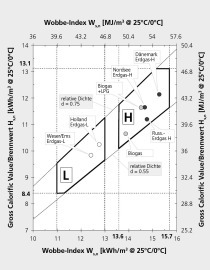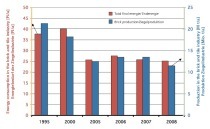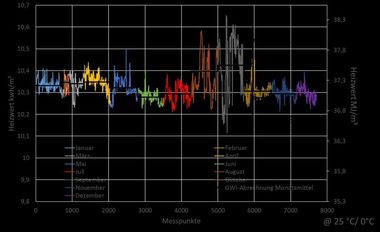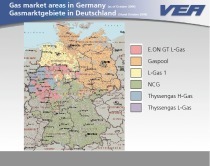Energy markets, ancillary energy costs and possibilities for optimizing ancillary energy costs
Since the liberalization of the electricity and gas markets within the European Union, the pricing mechanisms for the energy sources electricity and gas have changed substantially. Whereas for natural gas, which is easily the most commonly used fuel for heat generation today, only the price developments of rival energy sources (for example, light and heavy heating oil) were used to calculate prices up to around 2007, over the past ten years, the energy market exchanges have become increasingly established as an instrument of competitive pricing. The paper is intended to give a brief insight into the price developments for natural gas and relationships to other energies as well as possible future prospects.
For electricity, the forerunner in the realization of the liberalization of grid-based energies, the market price with a share of around 20 to 40 % of the total electricity costs has for a long time not been the main component. Far more, the ancillary electricity costs such as grid fees, Germany’s Renewable Energies Act levy, offshore liability levy, etc. are playing an increasing part. With the introduction of the levies and charges, legislation has, however, also created a wide range of possibilities with which companies can lower these levies and charges. It is worth many companies taking a critical look at these incurred costs as there is often potential for optimization by exhausting these fiscal possibilities. In the presentation, examples of long-term cost savings in operational practice are shown.
Dietmar Jelinek, Bayerngas Energy GmbH; Thomas Schmidt, Uniper Energy Sales; Florian Ilmberger, Eta Energieberatung






